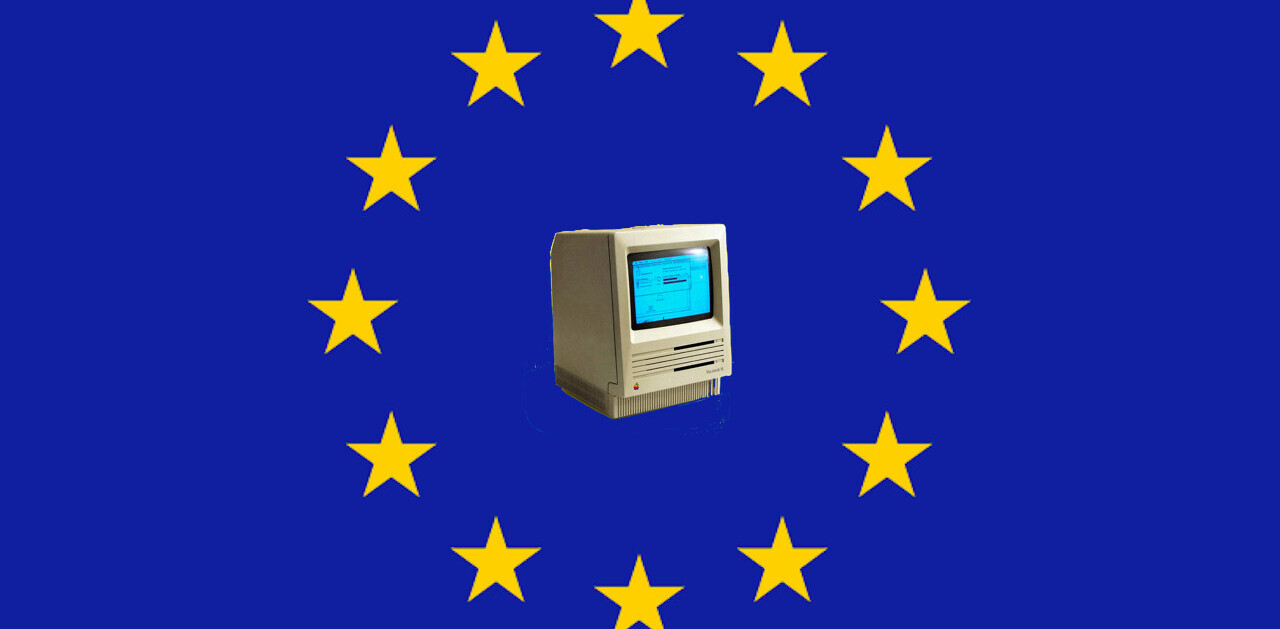
It’s a common trope that cryptocurrency, digital currency, or digital assets are “disrupting the financial industry” and will usher in a new future of financial inclusion. That’s all well and good, but how can we imagine this future?
If you’re interested in tackling questions like this, join us next month at Hard Fork Summit, TNW’s dedicated blockchain and cryptocurrency event. But until then, let’s take a look at a method to help us consider what the future of digital currencies might look like.
There’s an economic concept by Jens Beckert called “Imagined Futures.” Basically, he says traditional economic theory, where decisions are based on history, isn’t entirely fair. Rather, people also make decisions based on what they believe will come true in the future. Everyone has the power to imagine and decided whatever they want.
Importantly, Beckert also talks of how these visions are important, even if they don’t come true. Regardless of their manifestation, they coordinate groups of people toward a collective future that we all must share. They should be taken seriously, for their ability to do this and not necessarily for what they promise specifically.
Futures of digital currency
Everyday, in the world of crypto and blockchain, we are sold a new imagination of the future. Yet, there’s nothing to say that one will succeed, where another will fail.
Even though Bitcoin is often credited as being the catalyst that started the cryptocurrency movement, most cryptocurrencies and digital currencies are now very different from what Satoshi Nakamoto set out to create.
To put Bitcoin in the same basket as Ripple is convenient, but it’s misleading. In these two cases, the coins are based on very different technologies, use different consensus mechanisms, and occupy very different places in the market. Digital tokens like Facebook’s Libra and Telegram’s Ton muddy the water even further. Industry newcomers will often struggle to tell the difference.
Take Libra for example. Reports said Libra would be “Facebook’s Bitcoin,” but this couldn’t be any further from the truth. Much has been said about the supposedly decentralized consortium of companies that will run Libra, and in reality it’s not that decentralized at all.
It’s important then to recognize this industry is composed of a broad spectrum of projects, making a broad spectrum of promises. Cryptocurrencies, tokens, and digital assets all appear to be fighting over the same market, but they are all taking very different approaches. It cannot be overstated how important it is to understand how one approach differs from another.
By understanding that the future is subjective and that projects, regulators, and, ourselves perceive and create different visions of it, we can begin to understand what it might look like as a whole.
We’ll be exploring what the future holds for cryptocurrency and more at Hard Fork Summit. Join us in Amsterdam on October 15-17 to discuss blockchain and cryptocurrency with leading experts.
Get the TNW newsletter
Get the most important tech news in your inbox each week.





